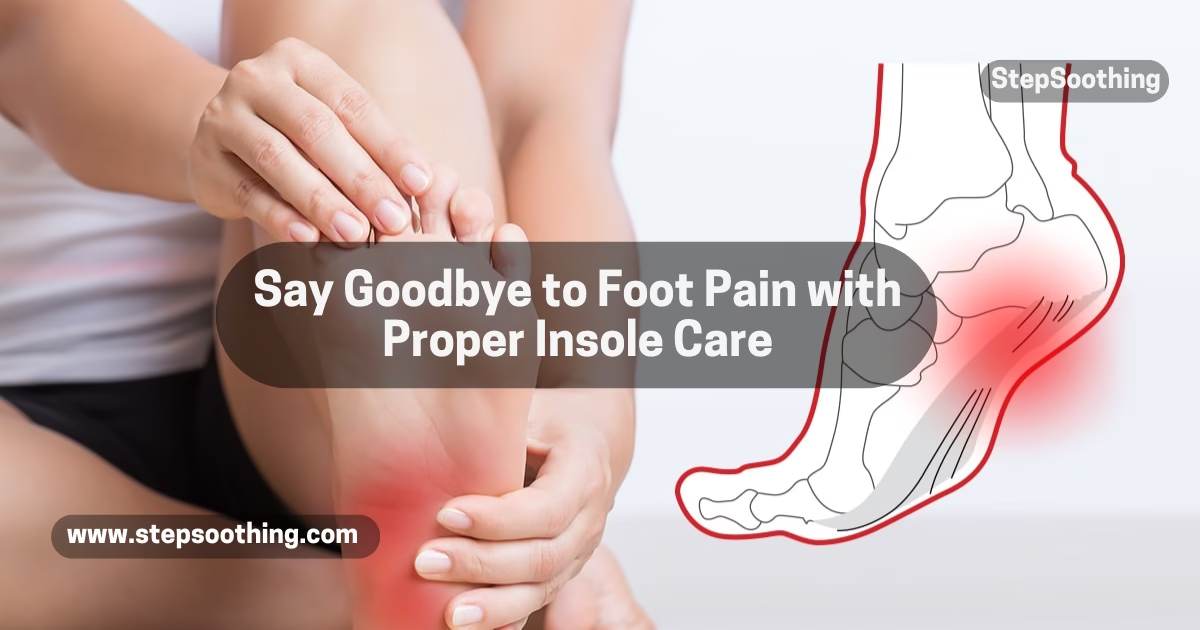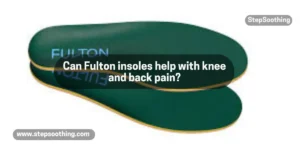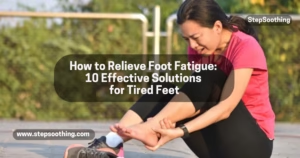Shoe inserts, also known as Orthotic Insoles, play a crucial role in enhancing our comfort and supporting our feet. Whether you have specific foot conditions or simply want to boost your overall foot health, taking care of your shoe inserts is essential. This article explores the importance of maintaining these inserts, offers practical maintenance tips, and highlights the signs that indicate when it’s time for a replacement.
Essential Guide to Maintaining Orthotic Insoles
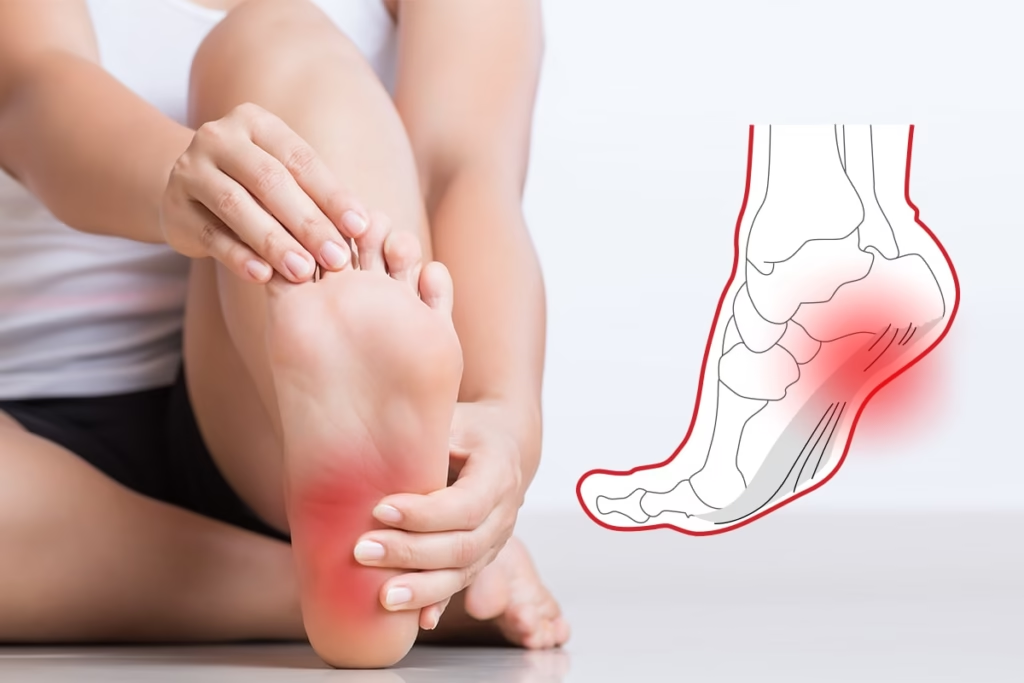
Importance of Caring for Shoe Inserts
Caring for your shoe inserts is vital not just for their longevity but also for your overall foot health. Proper maintenance ensures that the insoles continue to provide the necessary support and cushioning that your feet need. Neglecting them can lead to discomfort, reduced performance, and the need for frequent replacements. By incorporating simple care practices into your routine, you can extend the life of your shoe inserts and enjoy their benefits for longer.
Benefits of Well-Maintained Shoe Inserts
Enhanced Comfort and Support
Well-maintained shoe inserts significantly improve comfort by providing better support for your feet, ankles, and knees. This is especially important for individuals dealing with conditions such as plantar fasciitis, flat feet, or arthritis. Regular care helps the inserts maintain their structural integrity, ensuring they perform effectively.
Prevention of Common Foot Issues
Taking care of your shoe inserts can help prevent various foot issues, including blisters, calluses, and athlete’s foot. Clean, well-kept insoles promote proper foot alignment and reduce strain, which can alleviate pain and prevent long-term problems.
Cost-Effectiveness
Investing time in proper maintenance can save you money in the long run. High-quality custom-made insoles can be a significant investment, and taking care of them extends their lifespan, reducing the frequency of replacements.
Daily Maintenance Tips
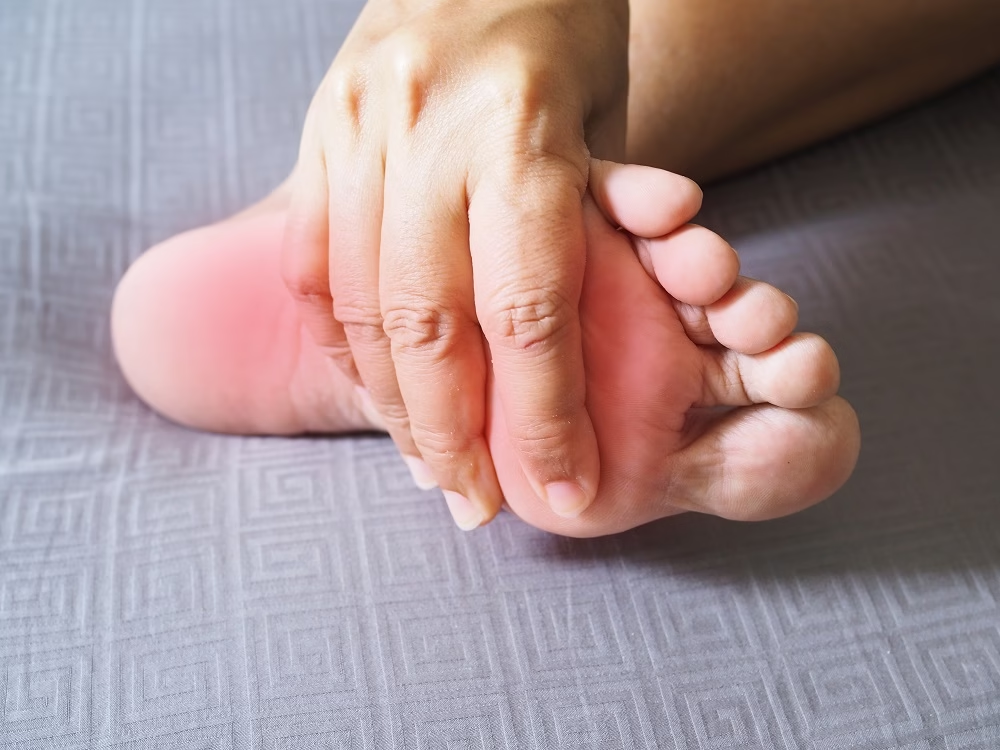
Cleaning Your Shoe Inserts
To keep your shoe inserts in optimal condition, gently clean them with a mild soap and water solution. Use a soft brush or cloth to scrub lightly, ensuring you cover all areas. Avoid soaking the inserts, as excessive moisture can weaken the materials.
Drying Your Shoe Inserts
After cleaning, always air dry your shoe inserts in a well-ventilated area. Avoid placing them in confined or damp spaces to prevent mold and odors. Keep them away from direct heat sources, as high temperatures can warp the materials.
Inspecting for Wear and Tear
Regularly inspect your shoe inserts for signs of damage, such as cracks or thinning. Catching these issues early can prevent further deterioration and ensure you maintain optimal support.
Weekly and Monthly Care
Deep Cleaning Procedures
Once a week, give your shoe inserts a thorough cleaning. Use a gentle, non-abrasive cleaner specifically designed for orthotics, applying it with a soft brush. Rinse with a damp cloth to remove residue.
Rotating Inserts for Even Wear
If you have multiple pairs of insoles, rotate them regularly. This practice helps distribute wear evenly and allows each pair to air out, reducing moisture buildup and odors.
Using Deodorizing Sprays
To keep your shoe inserts fresh, apply a deodorizing spray once a week. Alternatively, consider natural methods like sprinkling baking soda on the inserts overnight to absorb odors.
Storage and Handling
Proper Storage Practices
Store your shoe inserts in a cool, dry place when not in use. Avoid damp areas to prevent mold growth, and use a breathable storage bag to protect them from dust while allowing air circulation.
Avoiding Extreme Temperatures
Keep your insoles away from extreme temperatures, both hot and cold. High heat can cause materials to warp, while extreme cold can make them brittle. Store them in a climate-controlled space to maintain a stable temperature.
Gentle Handling
Handle your shoe inserts with care to avoid unnecessary damage. Avoid bending or twisting them forcefully, and always insert or remove them gently from your shoes.
When to Replace Your Orthotic Insoles
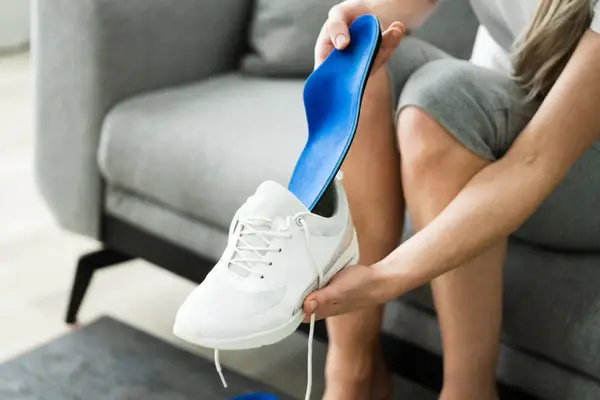
Signs That It’s Time for Replacement
Regularly check your shoe inserts for visible signs of wear, such as cracks or tears. If you notice decreased comfort or if the insoles have lost their original shape, it may be time to replace them.
Benefits of Timely Replacement
Replacing worn-out insoles ensures you continue to receive the support and comfort they are designed to provide. Timely replacement can prevent foot pain and discomfort, contributing to better overall foot health.
Specific Cleaning Products for Orthotics?
Certainly! Here are some recommended cleaning products for orthotics:
- Mild Soap: A gentle dish soap or liquid hand soap diluted in water is often sufficient for regular cleaning. Look for options without harsh chemicals or fragrances.
- Footwear Cleaner: Brands like Sof Sole or Sneaker LAB offer specialized cleaners designed for shoe insoles, including orthotics.
- Non-Abrasive Cleaners: Products like Simple Green or Nature’s Miracle can be effective for deeper cleaning without damaging the material.
- Baking Soda: A natural deodorizer, baking soda can be sprinkled on insoles to absorb odors. Let it sit overnight, then brush it off.
- Deodorizing Sprays: Look for sprays specifically formulated for footwear or insoles, such as Dr. Scholl’s Odor-X or Shoe MGK. These help keep your orthotics fresh.
- Essential Oils: Tea tree oil or lavender oil mixed with water can also serve as a natural deodorizer. Just be cautious with concentration and application.
Always check the manufacturer’s guidelines for your specific orthotics before using any cleaning products to ensure compatibility.
Specific Cleaning Products safe for Leather Orthotics?
Yes, several of the cleaning products mentioned are safe for leather orthotics, but it’s important to use them carefully. Here’s a breakdown:
- Mild Soap: A gentle, pH-balanced liquid soap diluted in water is usually safe for leather. Avoid harsh detergents, as they can damage the leather.
- Non-Abrasive Cleaners: Products like Simple Green can be used, but make sure to test on a small area first to ensure it doesn’t affect the leather’s finish.
- Baking Soda: Safe for leather, baking soda can be used to deodorize. Just sprinkle it on and brush off gently.
- Deodorizing Sprays: Look for sprays specifically labeled as safe for leather. Avoid those with alcohol or harsh chemicals, as they can dry out or damage the leather.
- Essential Oils: These can be safe in small amounts, but always dilute them well and test on a small area of the leather first.
Tips for Leather Care:
- Always use a soft cloth for cleaning to avoid scratching the surface.
- After cleaning, consider applying a leather conditioner to keep the material supple and prevent drying or cracking.
- Follow the manufacturer’s care instructions specific to your orthotics.
Conclusion
Proper care and maintenance of insoles, including orthotic insoles, is essential for optimal foot health and prolonged product lifespan. Regular cleaning, like washing gel insoles with mild soap and ensuring they are thoroughly air-dried, keeps them hygienic and effective. Deep cleaning and rotating insoles weekly can prevent wear and tear, ensuring even use.
Additionally, understanding how often to replace shoe insoles is crucial—signs like cracks, thinning, or loss of comfort indicate it’s time for a replacement. Neglecting to do so can lead to discomfort and reduced foot support. Using appropriate cleaning products designed for orthotics, including leather insoles, preserves their material quality while maintaining freshness and functionality.
By integrating these steps into your routine, you not only extend the life of your insoles but also ensure enhanced comfort, better foot alignment, and prevention of common issues like blisters and odors. Taking care of your orthotic insoles is a small effort with significant benefits for your overall foot health and well-being.
